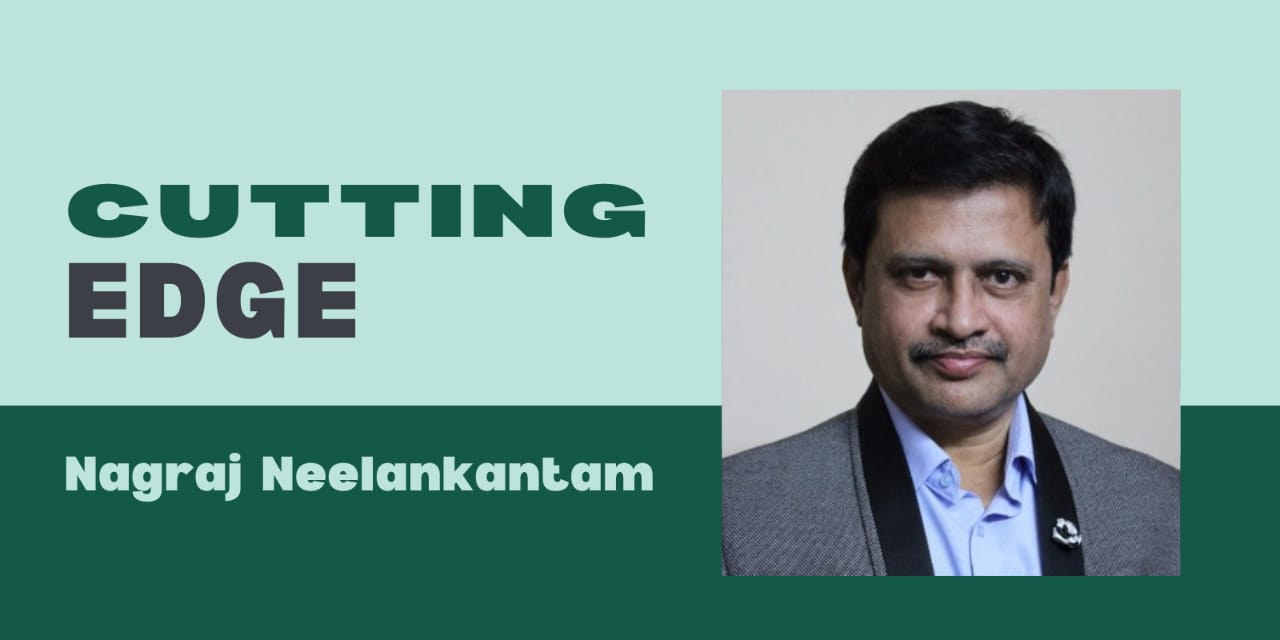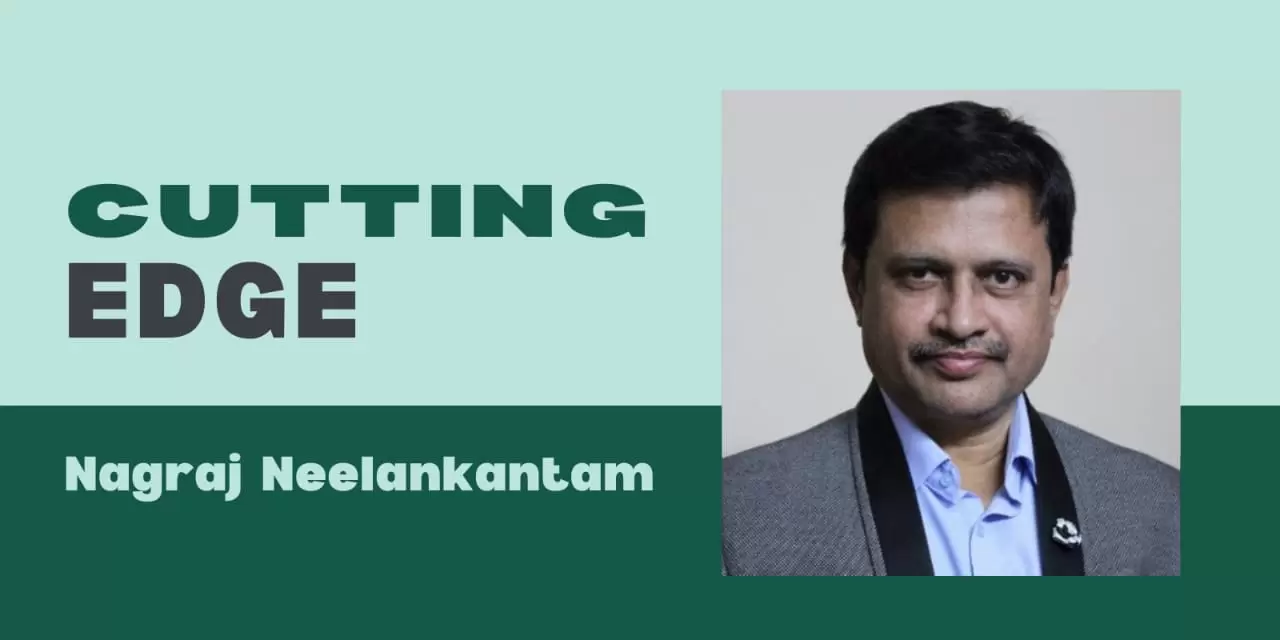In the swirling theatre of modern geopolitics, moments of assertiveness often arrive not with grand announcements but through quiet, calculated actions that ripple across the international stage. One such moment unfolded recently when India—ever conscious of the sanctity of its borders—shot down a Chinese spy drone that had violated its airspace. This wasn’t merely a military manoeuvre; it was a message—an unspoken declaration that Bharat, rooted in civilizational depth and modern ambition, will not tolerate silent encroachments.
This development did not occur in isolation. It coincided with Prime Minister Narendra Modi’s meeting with President Droupadi Murmu, the second in less than three weeks. Though officially described as a routine constitutional consultation, the timing has fuelled speculation about a deeper narrative—a recalibration of national priorities that intertwines security, self-reliance, and systemic reform.
The drone was intercepted near the Bangladesh border, a region of growing strategic importance amid deepening ties between Dhaka and Beijing. India’s swift neutralization of the surveillance equipment reflected not just technological readiness but sharpened geopolitical alertness. No longer a passive observer, India has been carefully tracking the subtle, persistent choreography among its neighbours—an evolving matrix in which China, Pakistan, and Bangladesh appear to be aligning their strategic interests.

This interception, then, isn’t just about defending airspace—it’s about reclaiming narrative space. For decades, India’s posture was defined by diplomatic restraint and reactive policy. But this assertive, calibrated response signals a new Bharat—one that draws its red lines with actions, not just words.
Parallel to this military alertness, national attention turned to Rashtrapati Bhavan, where the Prime Minister and President met again. In a democracy as layered as India’s, such high-level interactions are cloaked in formal discretion. Yet, the frequency of these meetings hints at deeper deliberations.
Observers believe their discussions likely encompass far-reaching themes—from border security to judicial reform. India’s leadership seems to be contemplating a broader pivot: not only in external strategy but also in internal transformation, balancing the protection of sovereign borders with the strengthening of national institutions. Security, in this context, is being redefined—not merely as defence against external threats, but as fortification of constitutional values, self-reliant infrastructure, and culturally rooted governance.

In another powerful gesture of strategic self-definition, India recently declined an offer from the United States for second-hand F-35 fighter jets. Such acquisitions may have once symbolized technological advancement. But today’s India views them differently. The government’s decision to reject outdated imports in favour of advancing indigenous aircraft like the Tejas reflects a broader movement towards Atmanirbhar Bharat—self-reliance.
No longer content to be a client state in the global arms marketplace, India now aspires to be a creator, not a consumer. By investing in its defence capabilities—whether through advanced missile systems like the BrahMos or state-of-the-art aerial platforms—it seeks not just military strength but strategic autonomy. This shift also sends a resonant message across the Global South, offering a development model rooted in dignity, agency, and pragmatism.

Amid these assertive moves on the security front, another conversation is quietly gaining momentum: the rejuvenation of India’s legal system. Increasingly, there is recognition that many of the country’s laws are colonial relics—designed not for justice, but for control. The current leadership has voiced the need to align these inherited statutes with the spirit of the Indian Constitution and the wisdom of ancient Bharatiya jurisprudence.
This is not a call for regression, but for rootedness. By revisiting the philosophical foundations of Indian law, the aim is to create a system that is not only efficient and fair but also culturally congruent. Reform, in this vision, does not discard the old for novelty’s sake—it aligns legacy structures with the ethos of a sovereign, self-aware republic.
These seemingly disparate events—an intercepted drone, a strategic meeting, a rejection of foreign arms, and a call for judicial reform—are, in truth, chapters of a single story. They reveal a Bharat coming into its own, no longer defined by Western templates or neighbourhood pressures. Under Modi’s leadership, India appears resolute in its commitment to protect its skies, its sovereignty, and its soul.
This moment is not one of confrontation but of conscious clarity. The message is not aggressive—it is firm: We will choose what serves us best. We will build what we need. We will honour our traditions while preparing for the future.
In this rising assertion lies an invitation—to citizens, policymakers, and observers alike—to recognize that Bharat’s journey is no longer about arrival. It is about remembrance, reclamation, and rising—firmly grounded in eternal values, yet dynamically evolving. The skies above may be watched by radars, but the real horizon lies within.






